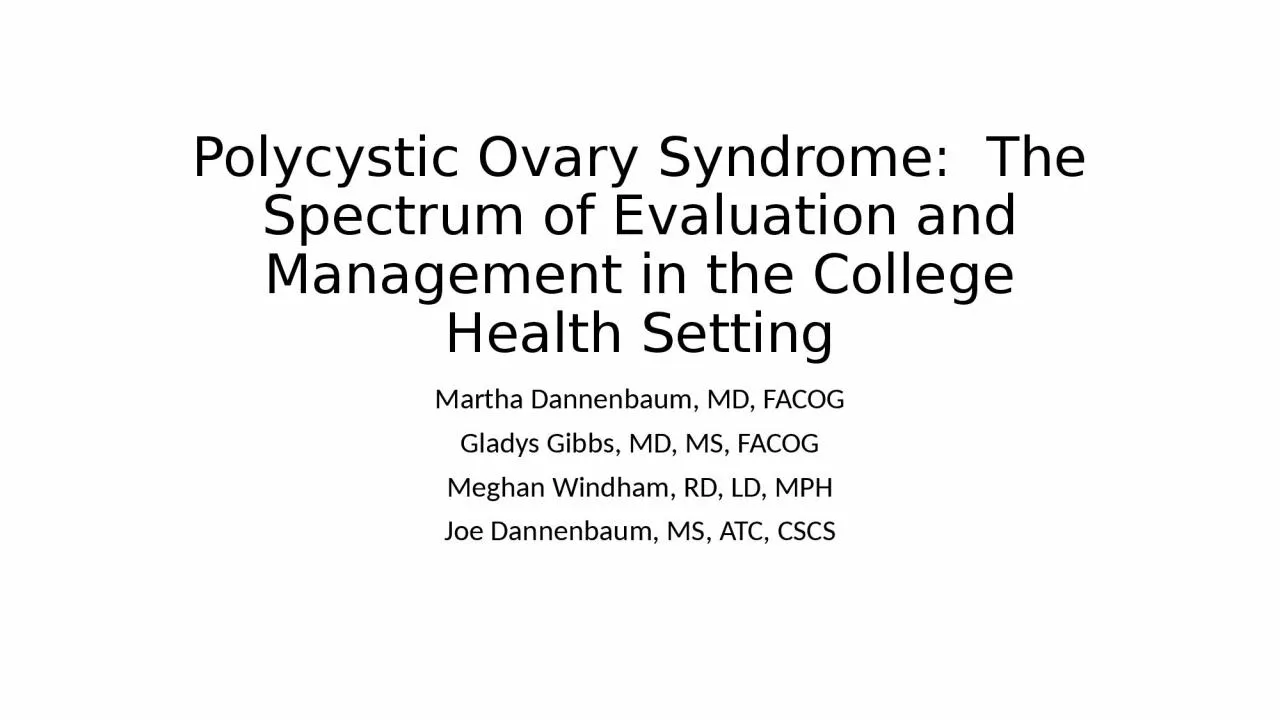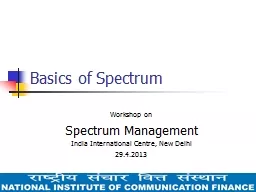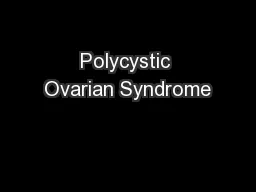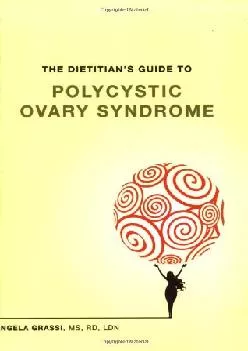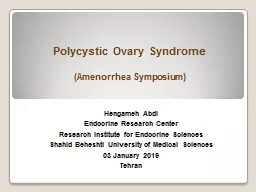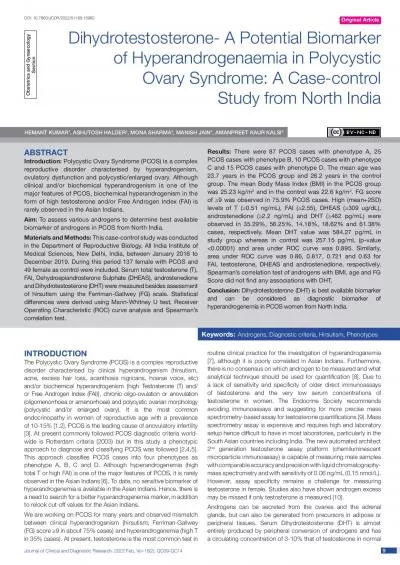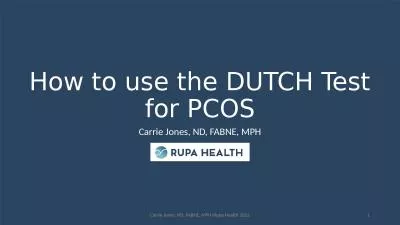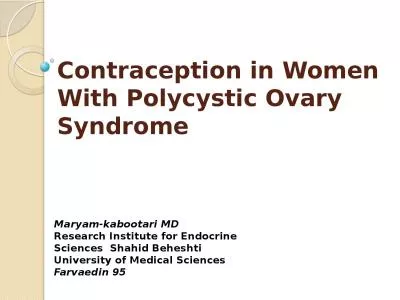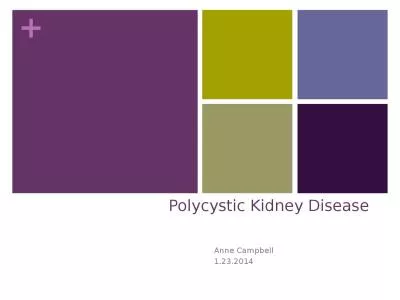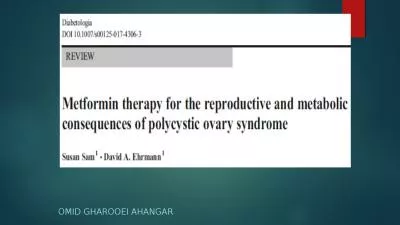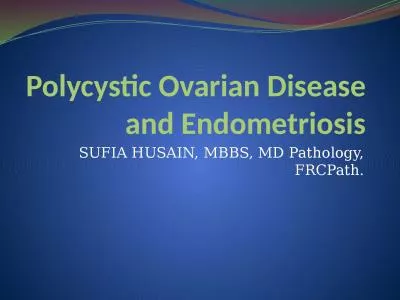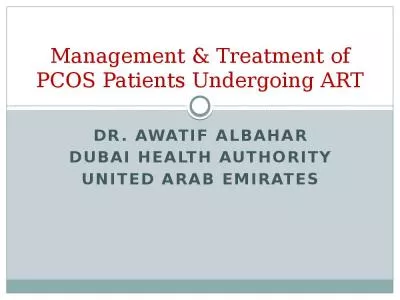PPT-Polycystic Ovary Syndrome: The Spectrum of Evaluation and Management in the College Health
Author : daisy | Published Date : 2022-06-07
Martha Dannenbaum MD FACOG Gladys Gibbs MD MS FACOG Meghan Windham RD LD MPH Joe Dannenbaum MS ATC CSCS Disclosures We have NO actual or potential conflict of interest
Presentation Embed Code
Download Presentation
Download Presentation The PPT/PDF document "Polycystic Ovary Syndrome: The Spectrum..." is the property of its rightful owner. Permission is granted to download and print the materials on this website for personal, non-commercial use only, and to display it on your personal computer provided you do not modify the materials and that you retain all copyright notices contained in the materials. By downloading content from our website, you accept the terms of this agreement.
Polycystic Ovary Syndrome: The Spectrum of Evaluation and Management in the College Health: Transcript
Download Rules Of Document
"Polycystic Ovary Syndrome: The Spectrum of Evaluation and Management in the College Health"The content belongs to its owner. You may download and print it for personal use, without modification, and keep all copyright notices. By downloading, you agree to these terms.
Related Documents

